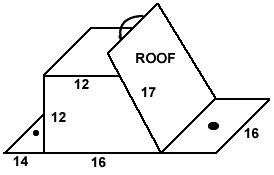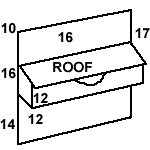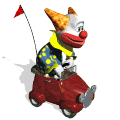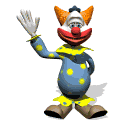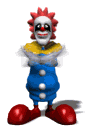|
|
|
|
|||||||||||||||||||||||||||||||||||||||||||||||||||||||||||||||||||||||||||||||||||||||||||||||||||||||||||||||||
|
Numeracy problems to solve for Key Stage 1, 2 and 3 You will need coloured crayons or pens, and you will need to print off the activities. Task A To find the picture work out the answer to each addition in the box look at the key to choose which colour to use to fill in each box. If 4+8 is in the box, the answer is 12 and therefore colour the box yellow (the key is on the picture page). Task B Use the key on the picture page to work out and colour in the boxes to reveal the picture. Task C This time the hidden picture will be revealed by joining the dots in the correct order. Work out the
answer starting at number one.
An extra Challenge
Jade's Biscuit Stall Jade is packing sugar strands to sell on a biscuit decorating stall. She plans to package the sugar strands in several different package sizes. The package sizes vary from 1 gram to 10 grams. Jade is using a balance scale and gram masses. She only has one 2-gram, one 3-gram, and one 4-gram mass. She wonders how she will measure packages of 1 gram, 5 grams and so on. Task A How is jade going to make
up packages of all the sizes from 1 gram to 10 grams? Hint
Can you continue the table and show how you could measure out packages of 11 to 20 grams. The extra challenge Try the same experiment with the following gram masses, 1 gram, 3 grams, 8 grams. Can you still make up packets weighing from 1 gram to 20 grams?
A joinery firm has received an order for bird resting boxes from a wildlife sanctuary. The design specification is to match that below.
Task The boss works out that all
the parts can be made from a plank of wood 16cm wide. Hint A type of finch needs between
2000 and 3000 cm3 of space to be able to nest. Will this design of nest
box be appropriate? An extra task A rare hawk also requires a nesting box. it needs one 4 times as large as the one above. What will its dimensions be? How wide will the plank of wood need to be? The wood for this box is
only available in 2m lengths. Calculate the volume of this box. What is the relationship between the volumes of the two nesting boxes? Hint |
|
|||||||||||||||||||||||||||||||||||||||||||||||||||||||||||||||||||||||||||||||||||||||||||||||||||||||||||||||||
|
|
|
||||||||||||||||||||||||||||||||||||||||||||||||||||||||||||||||||||||||||||||||||||||||||||||||||||||||||||||||||

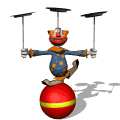
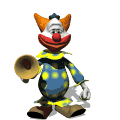
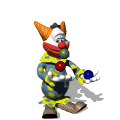

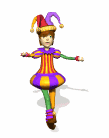
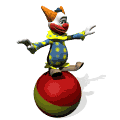
 Packet of sugar strands
Packet of sugar strands